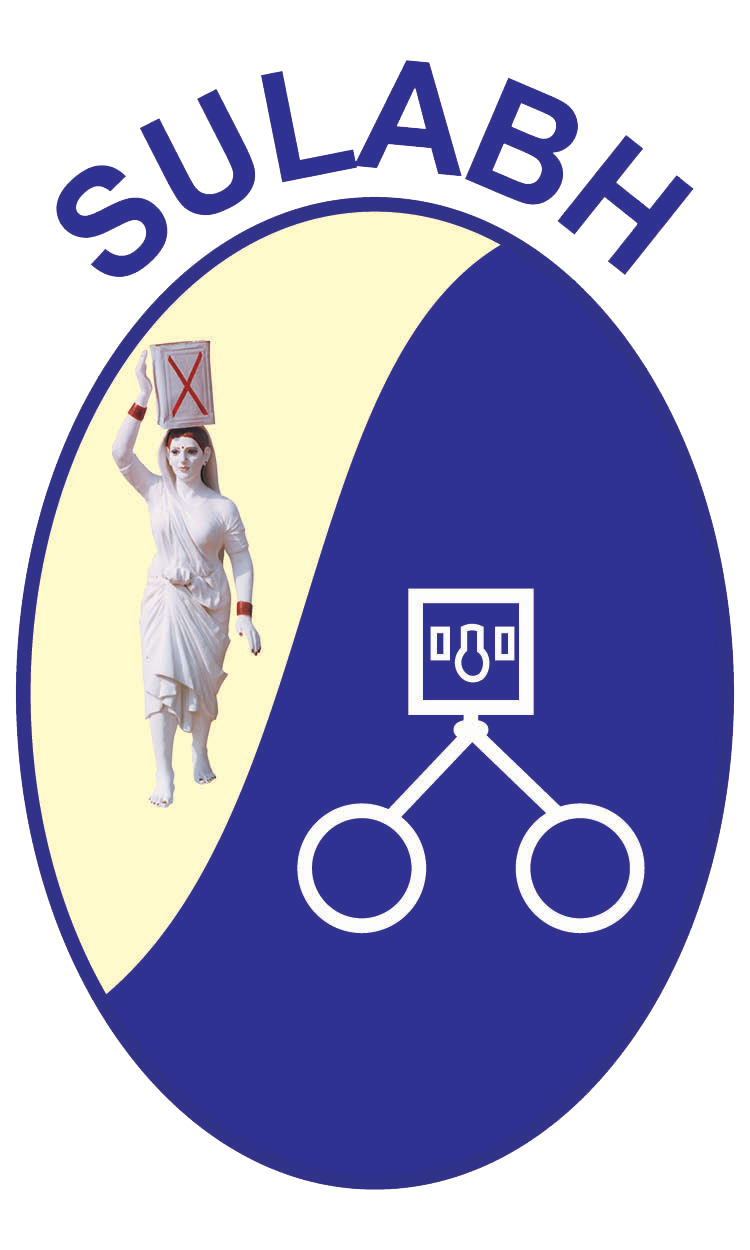For decades draped in white sarees and secluded from the mainstream society, they survived destitution. Abandoned by their families, they were forced to live a life of oblivion and abjectness. Ever since the horrendous practice of widows throwing themselves on the pyres of their dead husbands (Sati) was banned, Vrindavan became an abode for them. Living in acute poverty, these women were ostracised by societal stigmas, for their shadow too was considered a bad omen. The temple crammed town of Krishna is also identified as The City of Widows now.
Nearly 6000 widows, mostly from Bengal were found begging on the streets or lying on the staircases of the temples or maybe squatting in the dirty lanes, begging for food. Apart from the various other atrocities, widows weren’t even allowed to participate in the celebrations during the festivals of Holi and Diwali. In 2012, the Supreme Court of India questioned the work of agencies and the government, on basis of a PIL filed by National Legal Services Authority Charity. Following a directive from the Supreme Court, NALSA approached Sulabh International to render relief and sustenance to the widows. It was then when Dr Bindeshwar Pathak visited the holy town with this darker side and was moved by their pathetic state. He not only provided financial aid to them but designed a programme that holistically uplifted them. However, what gained the maximum heed was a bold idea that he exercised as a reform.
After decades of darkness, hundreds of year old widow shelters had a colourful riot of emotions, flowers and gulaal. Sulabh organised a Holi celebration for the widows, wherein approximately 800 widows smeared colours and ushered flowers upon each other for the first time. The taboo-breaking hues playfully ditched the white layers of oblivion. According to PTI reports, the ritual of widows celebrating the festival of colours among themselves began only in 2013, before which they were allowed to play Holi only with Thakurji (Lord Krishna). Since then it has been no looking back as the widows, colours and flower petals have been on a quantitative rise. Later the same year, sunset got redefined for the widows when the shelter houses were lit up on Diwali for the first time in history. The amber reflections of lights and fireworks marked their brilliant departure from the dogmatic world. All five widow ashrams at Vrindavan were illuminated with joy, ending the decades of darkness and social apathy.
These festivals have now escalated as much famed national and international events. Photographers, journalists, scholars, researchers, activists and even travellers from far-flung nations have shown a great affinity towards this endeavour.
The Sulabh International has been taking care of 1,500 widows in Varanasi and Vrindavan in the light of the Supreme Court’s observations since 2012.
